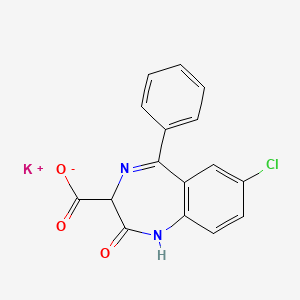|
Name: 3,4,5-Trimethoxyamphetamine
Type: Psychedelic amphetamine
AKA: TMA

|
|
II. Natural Derivative
Synthetic substance, no natural derivative
 |
|
III. Chemical Profile (IUPAC name)

|
|
IV. History
3,4,5-Trimethoxyamphetamine, a psychedelic compound, was developed in the mid-20th century. It is studied for its psychoactive effects and has been researched for its potential therapeutic applications.

|
|
V. Legal Information
3,4,5-Trimethoxyamphetamine, a psychedelic amphetamine, is classified as a Schedule I controlled substance in the US, making it illegal. Many countries have similarly banned it due to its potent psychoactive effects. The UNODC monitors new psychoactive substances, emphasizing the need for international regulation to prevent misuse. Trends show increasing global control measures.
US Federal Schedule - I
Schedule I drugs, substances, or chemicals are defined as drugs with no currently accepted medical use and a high potential for abuse. Some examples of Schedule I drugs are: heroin, lysergic acid diethylamide (LSD), marijuana (cannabis), 3,4-methylenedioxymethamphetamine (ecstasy), methaqualone, and peyote.
Key US Federal Policies:
Controlled Substances Act. Public Law: Public Law 91-513 (text can be found on GovInfo) (https://www.dea.gov/drug-information/csa). Date enacted: October 27, 1970.
|
|
VI. Physical Effects
3,4,5-Trimethoxyamphetamine (TMA) is a hallucinogenic compound with stimulant properties. It acts as an upper, causing increased heart rate and blood pressure. Short-term use can lead to intense sensory experiences and altered states of consciousness, while long-term use may result in psychological issues. Overdose risks include severe agitation, hallucinations, and cardiovascular effects. Safe use involves controlled dosing and monitoring. Recent research explores its effects and potential therapeutic uses.  |
|
VII. Psychological Effects
N/A
 |
|
VIII. Culture
3,4,5-Trimethoxyamphetamine is a psychoactive substance with stimulant properties. Its cultural significance lies in its use in recreational settings and its potential for abuse. Media coverage often addresses its effects and risks. 3,4,5-Trimethoxyamphetamine is used recreationally rather than medicinally and contributes to discussions about stimulant use and drug regulation.
 |
